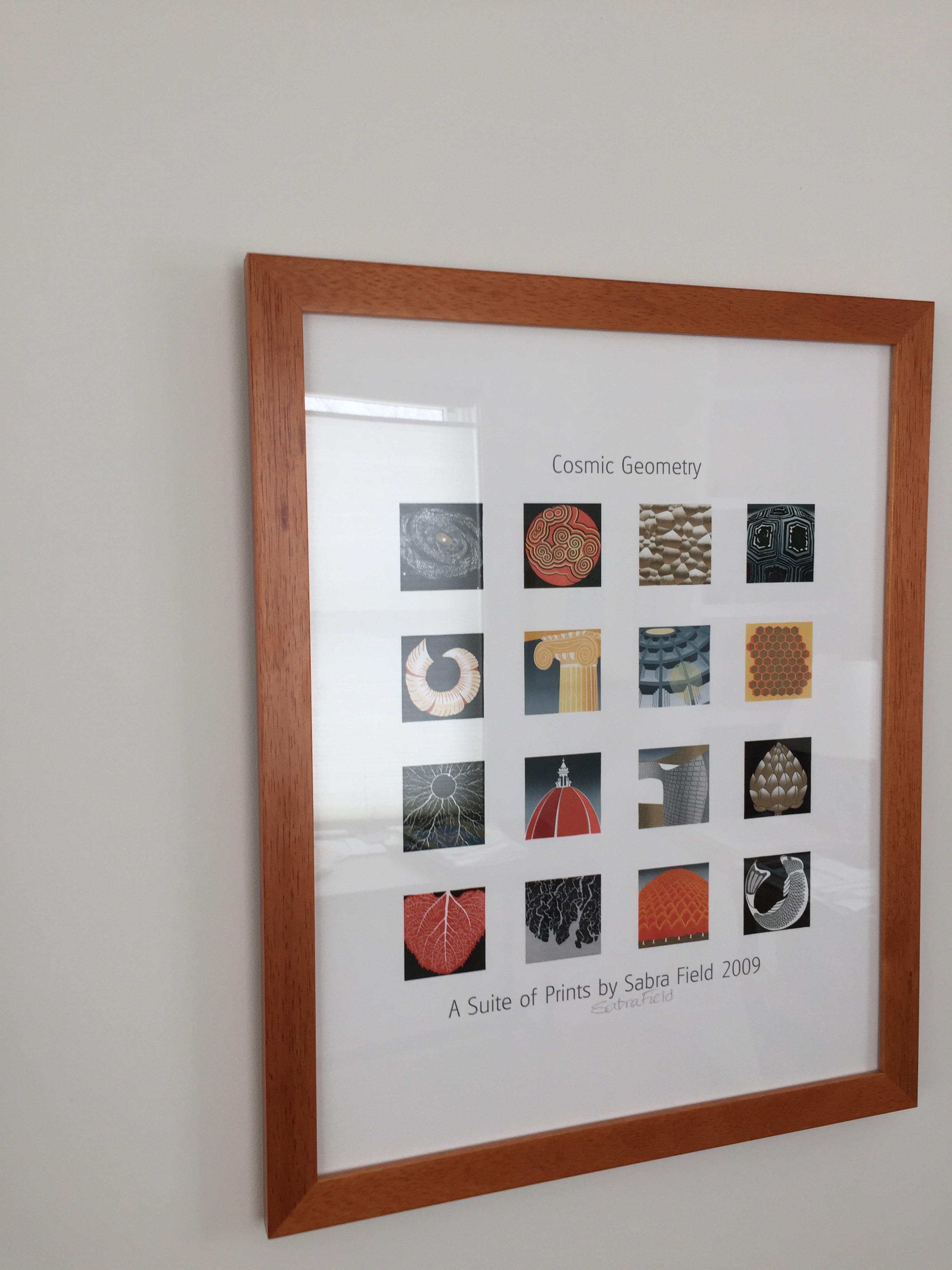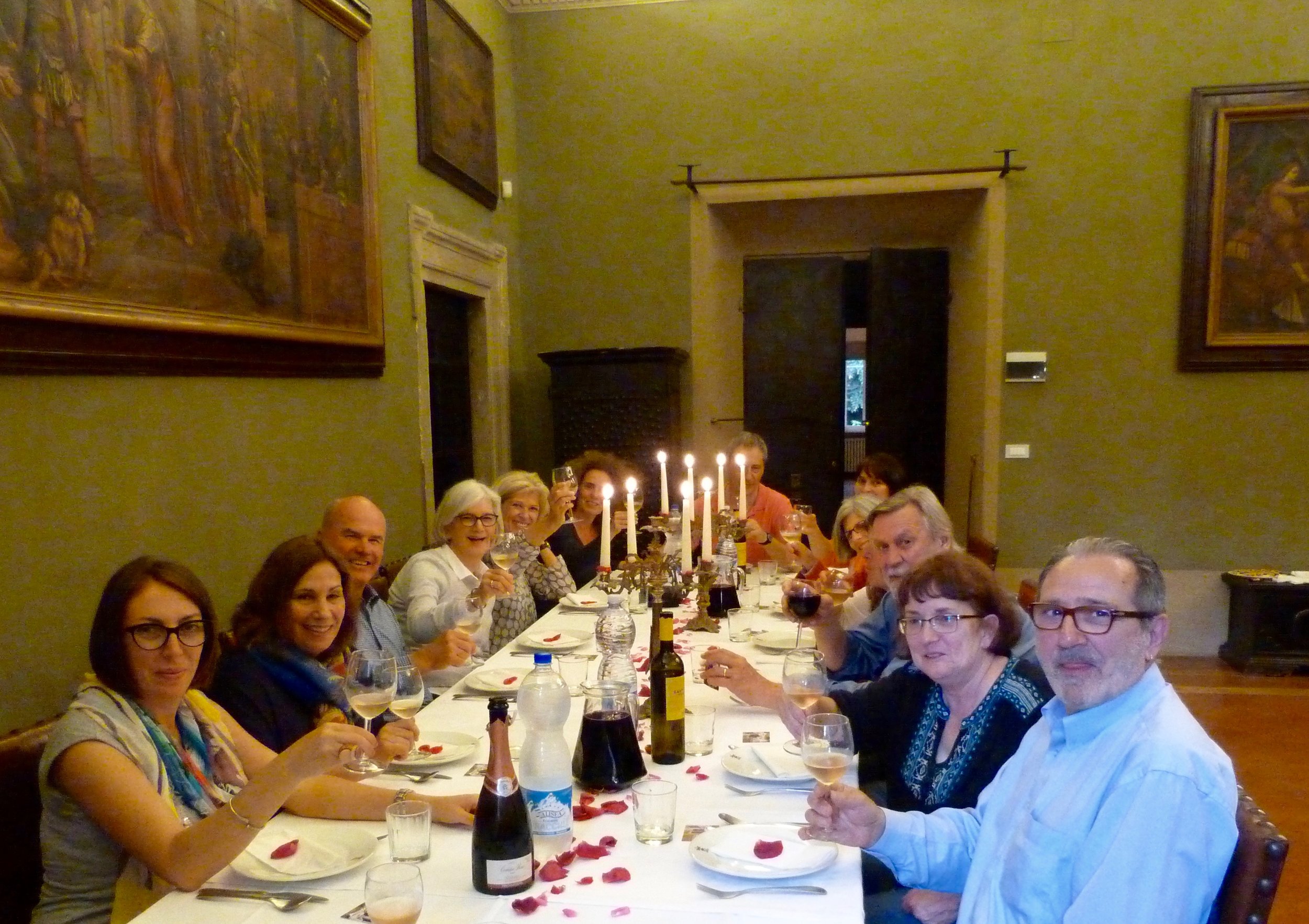 Our experience last week with Angela Ferrario and the retreat participants in Learning and Leading for the Future was wonderful in every way. We were thrilled to be asked to lead Session One with Angela and participate in her dream of weaving together cultural encounters and excursions with inspired professional development and reflection in the small town of Mercatello sul Metauro, Le Marche, Italy
Our experience last week with Angela Ferrario and the retreat participants in Learning and Leading for the Future was wonderful in every way. We were thrilled to be asked to lead Session One with Angela and participate in her dream of weaving together cultural encounters and excursions with inspired professional development and reflection in the small town of Mercatello sul Metauro, Le Marche, Italy
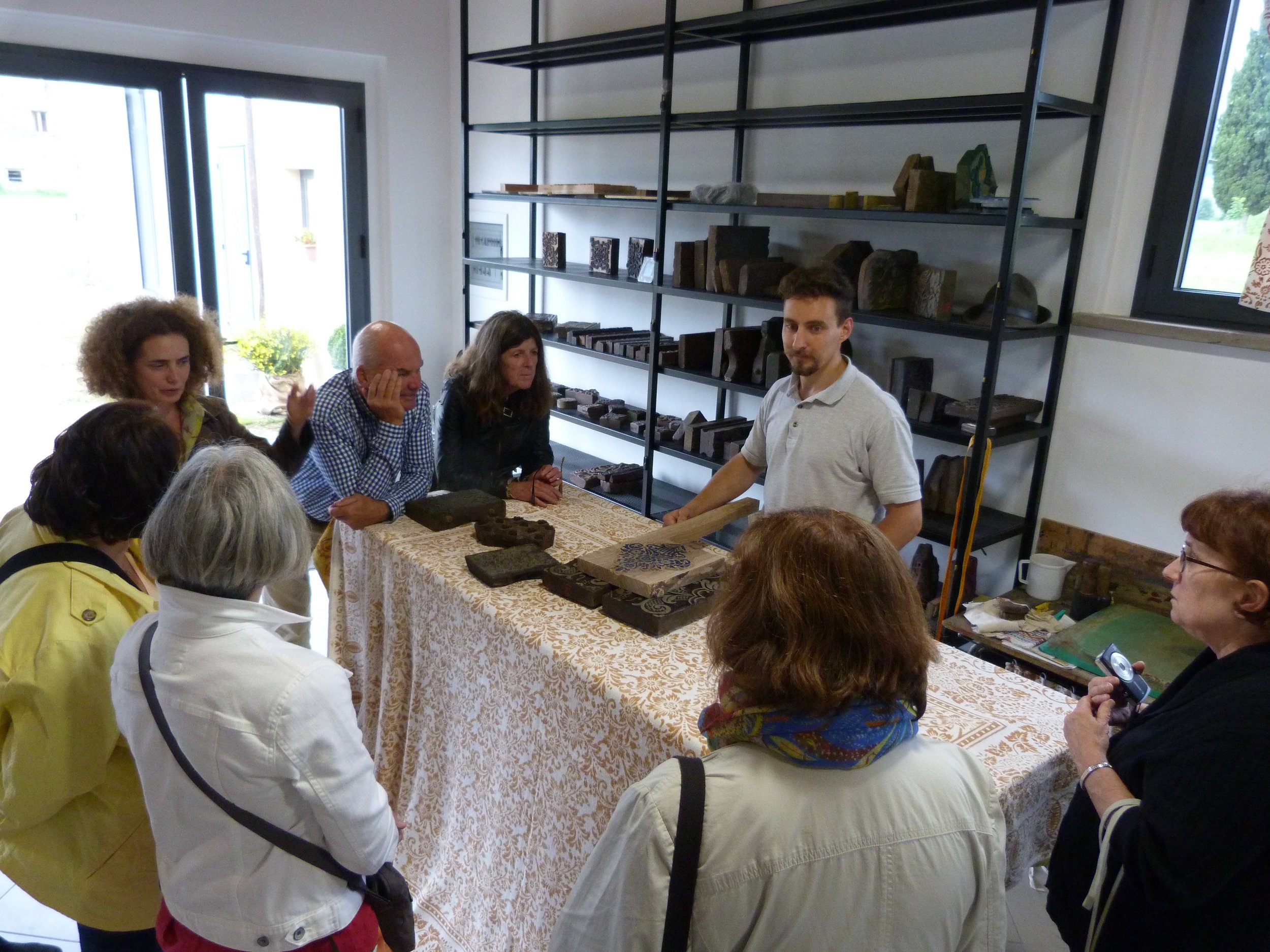 Palazzo Donati was our home for the week and Luisa Donati our hostess. Palazzo Donati is her family's villa and has belonged to them since the town was founded in 1235 when seven families moved from their surrounding castles to build palazzi and form the town. Pointing to a grand facade across the piazza, Luisa said, "That palazzo was my grandmother's and this one where you will stay was my grandfather's." It seemed like a Romeo and Juliet's story...only theirs has had a happy ending. It was a joy to spend time with Luisa who orchestrated a beautiful welcome dinner in the main salon of the palazzo and prepared our breakfast every morning. She joined us all week long, for example, enjoying wood fired pizza at one of the farms nearby with friends, and visiting the Antica Stamperia Carpegna where six generations of artisans have made beautiful hand stamped fabric. They showed us one design that they are working on for Eataly. Luisa and other friends that Angela has made also came along for many meals and events. In a short time, we all began to feel as if we were a part of the small town.
Palazzo Donati was our home for the week and Luisa Donati our hostess. Palazzo Donati is her family's villa and has belonged to them since the town was founded in 1235 when seven families moved from their surrounding castles to build palazzi and form the town. Pointing to a grand facade across the piazza, Luisa said, "That palazzo was my grandmother's and this one where you will stay was my grandfather's." It seemed like a Romeo and Juliet's story...only theirs has had a happy ending. It was a joy to spend time with Luisa who orchestrated a beautiful welcome dinner in the main salon of the palazzo and prepared our breakfast every morning. She joined us all week long, for example, enjoying wood fired pizza at one of the farms nearby with friends, and visiting the Antica Stamperia Carpegna where six generations of artisans have made beautiful hand stamped fabric. They showed us one design that they are working on for Eataly. Luisa and other friends that Angela has made also came along for many meals and events. In a short time, we all began to feel as if we were a part of the small town.
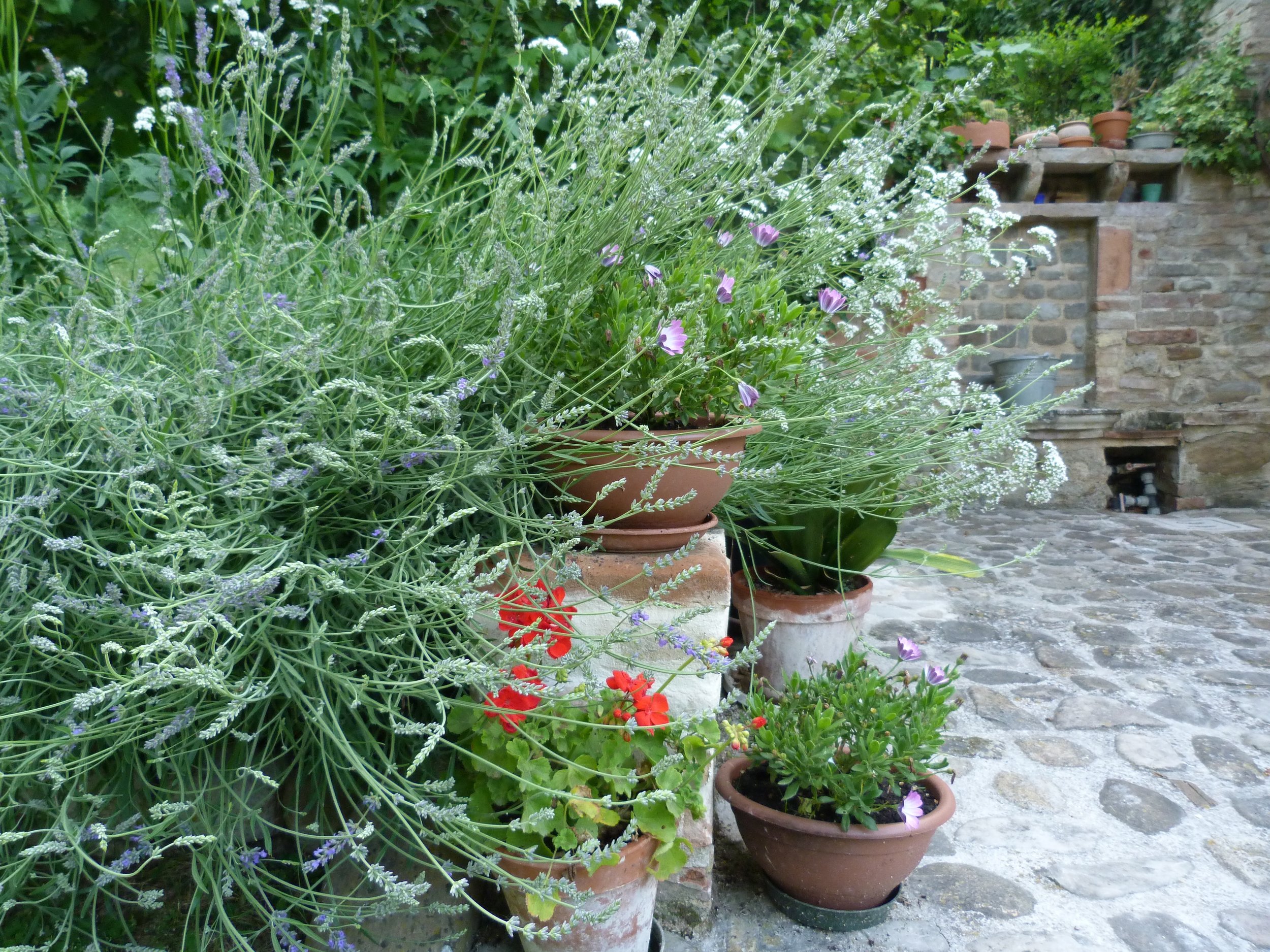
During the week, Ashley and I both shared interactive presentations to lay the foundation for our work with learning for the future. Participants entered into dialogue with us and with each other about their school contexts and where they each might help to build on strengths in these areas. Each afternoon we all participated in creative activities of drawing and also print making to explore the importance of creativity, innovation and design in learning for the future.
This week, Angela is hosting John Nimmo and Debbie Leekeenan and another group that will focus on the timely subject of Anti-Bias Education. We toast them as they begin this evening. Cadwell Collaborative is enjoying a few days in the Piemonte region of Italy, walking the vineyards and drinking very good wine. All the best to all of you this first month of summer.
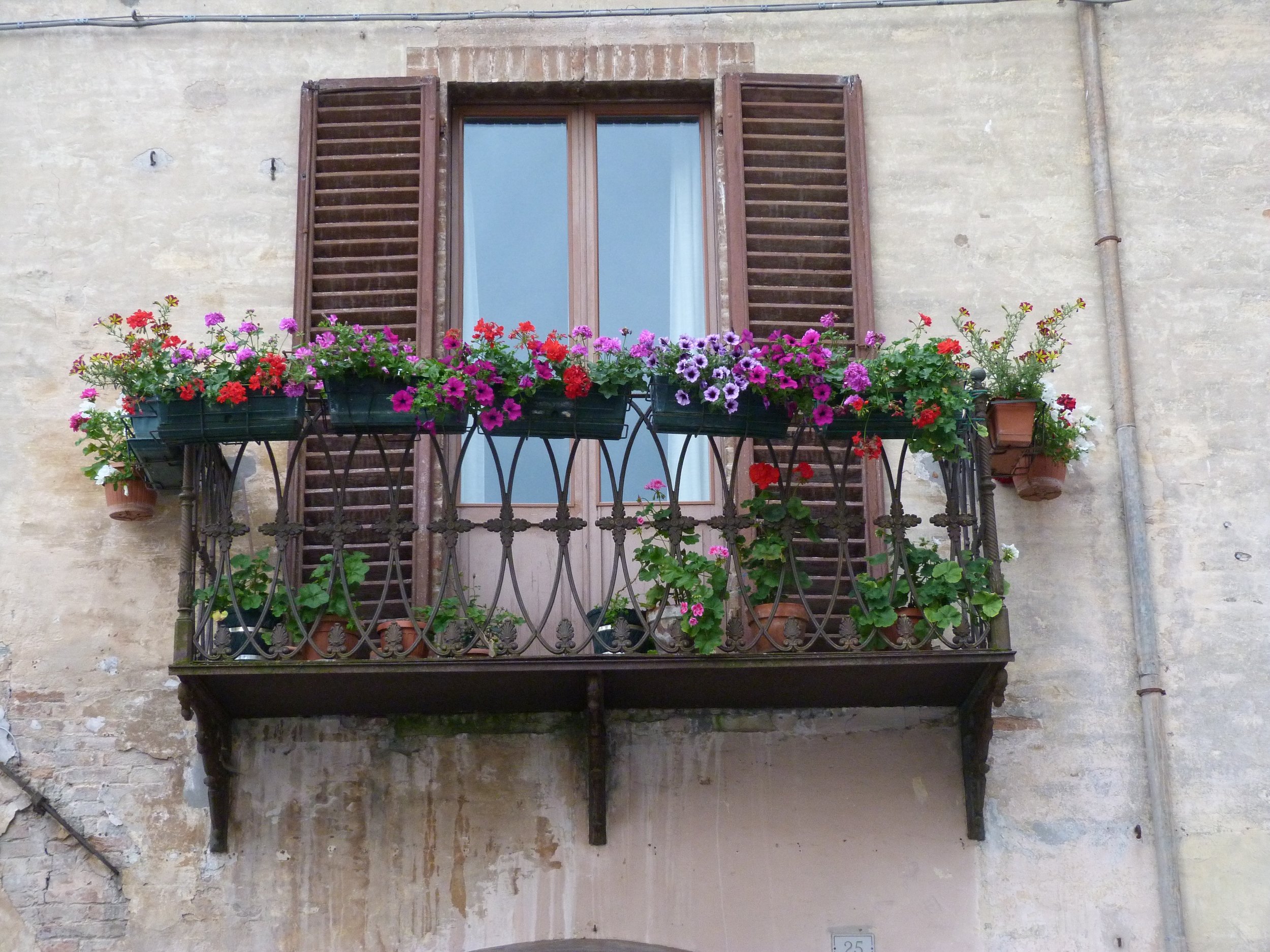

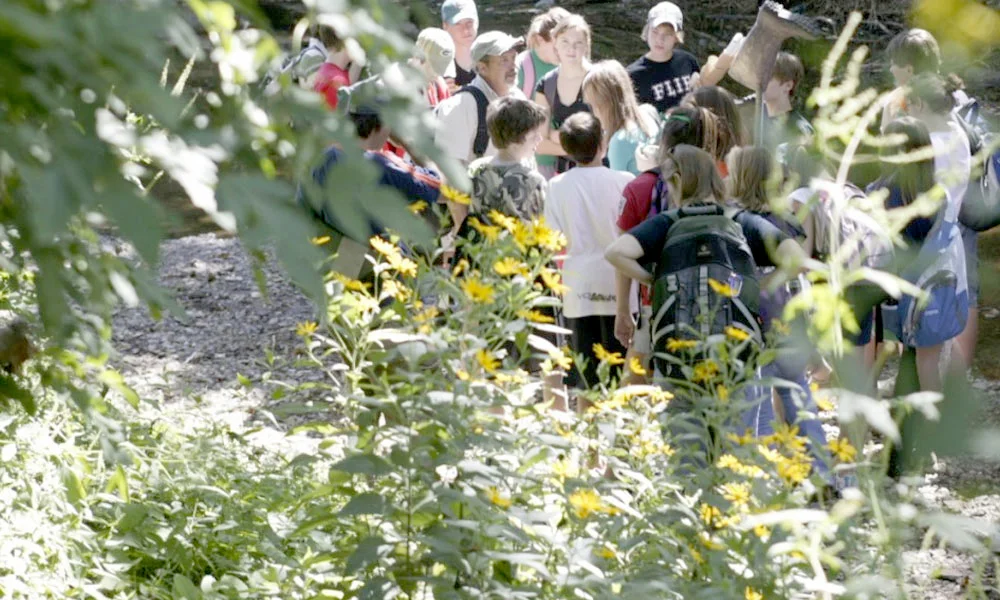


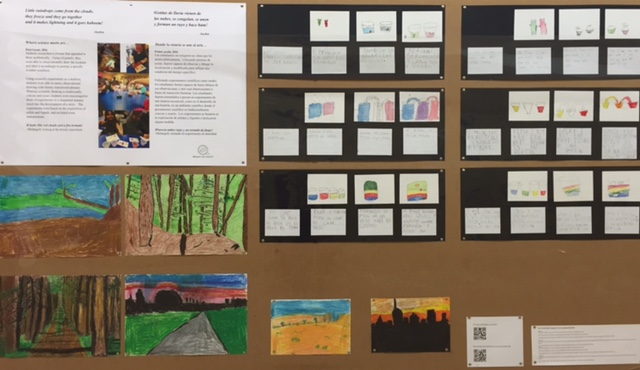 We have been working with
We have been working with 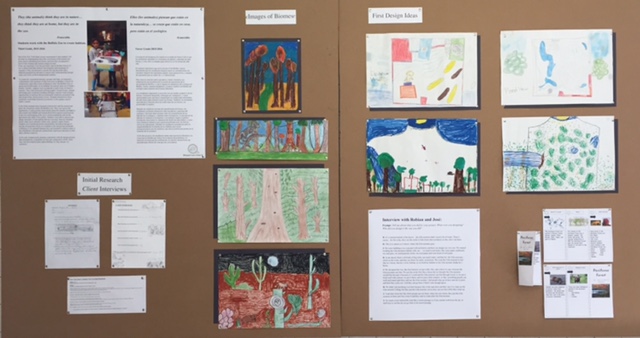
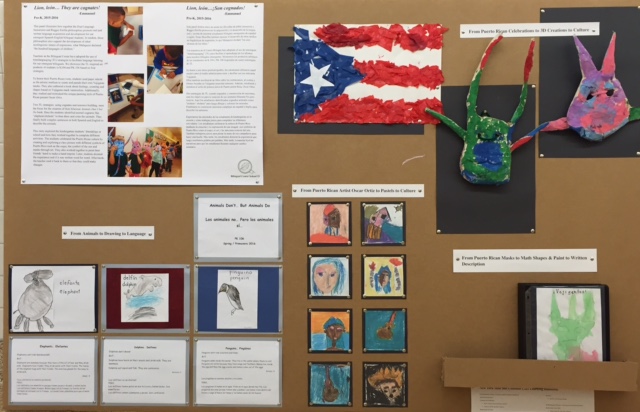

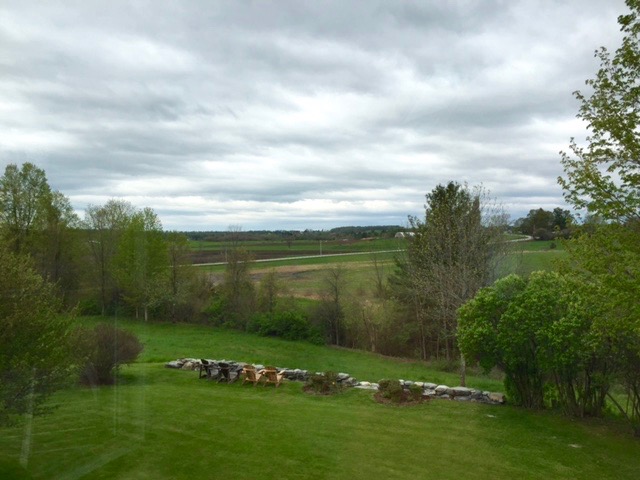 Lately, every where I turn, I see the tender, gentle, spring world taking shape around me. In Vermont, spring comes slowly amidst cold days, and gray days like today. Yet little by little, the earth turns green and the trees and shrubs move from bud to flower to leaf. We live in an old apple orchard that is now a cloud of pink and white fragile blooms. In our orchard, we live on a hill overlooking the
Lately, every where I turn, I see the tender, gentle, spring world taking shape around me. In Vermont, spring comes slowly amidst cold days, and gray days like today. Yet little by little, the earth turns green and the trees and shrubs move from bud to flower to leaf. We live in an old apple orchard that is now a cloud of pink and white fragile blooms. In our orchard, we live on a hill overlooking the 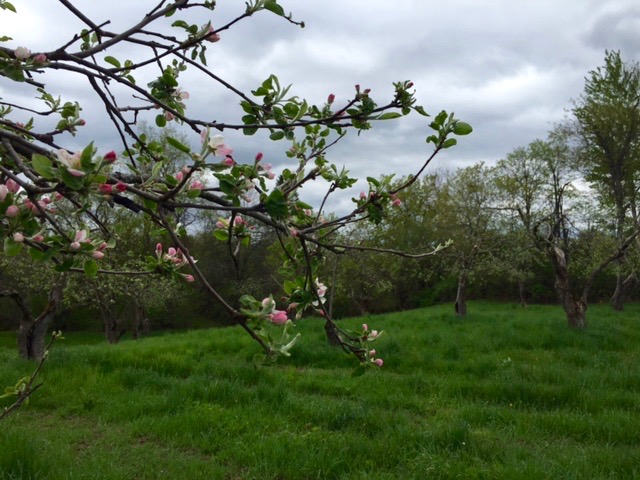
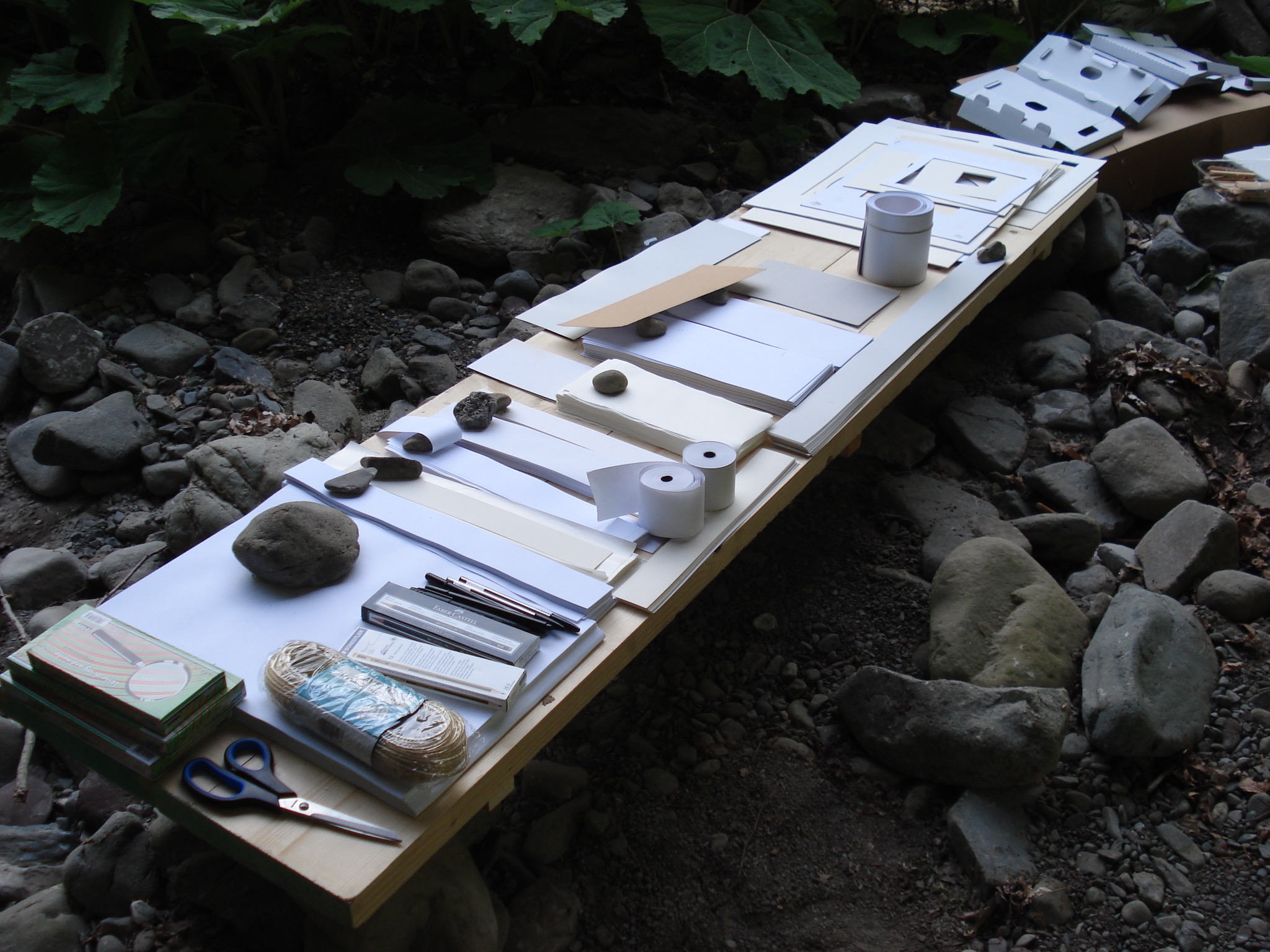
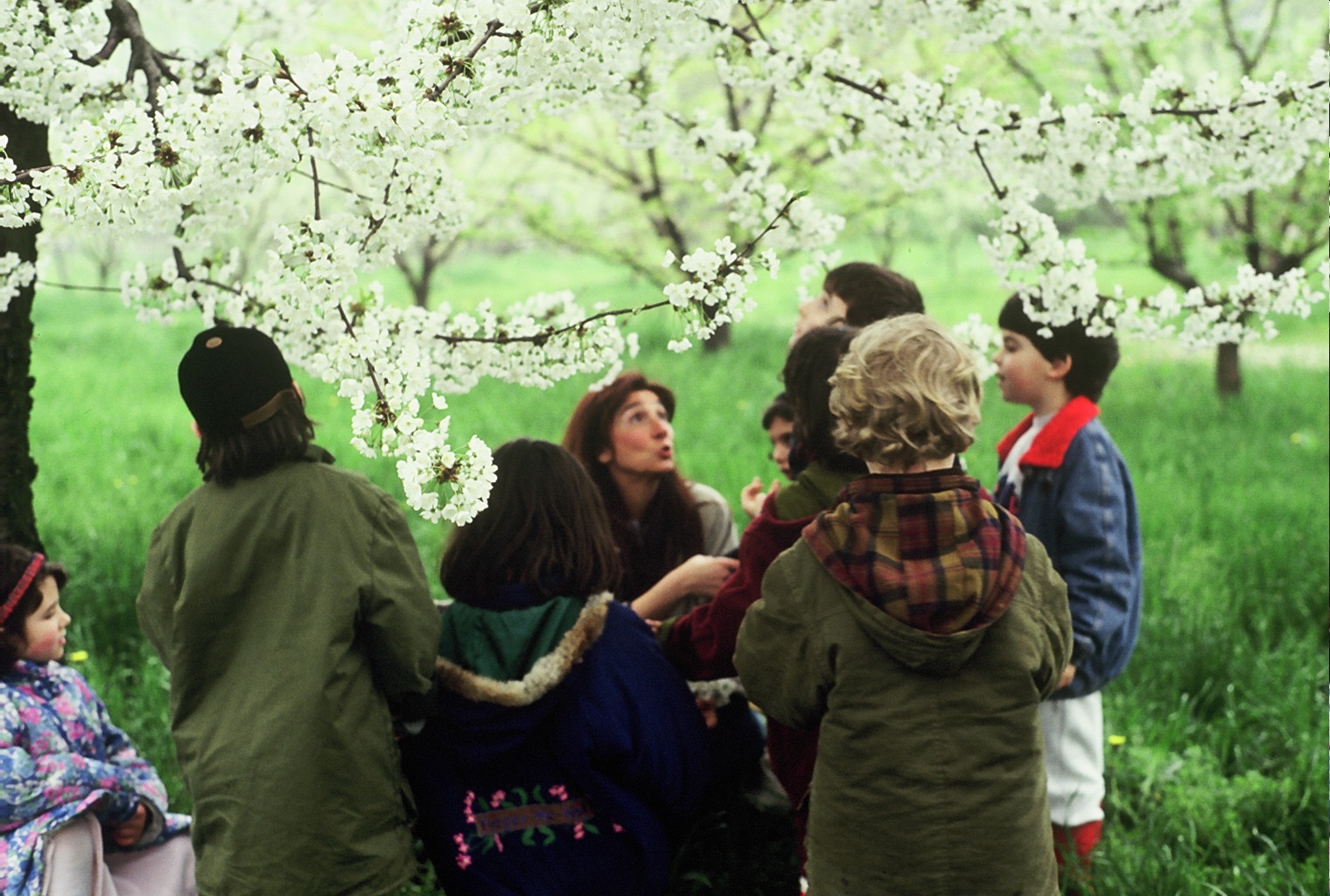

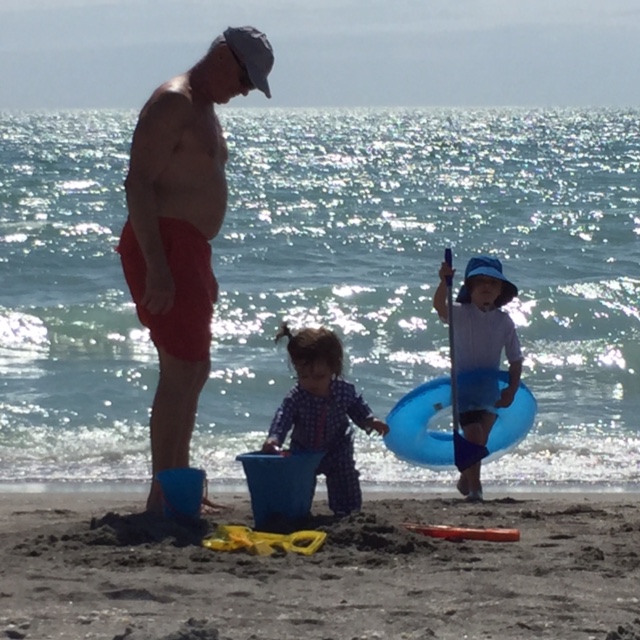 This week we have been at the beach on a small island on the west coast of Florida with our family. As everyone peels off to head homeward and Ashley and I enjoy one more day, we reflect on how grateful we are to have had this time where land meets sea with our sons, daughters-in-law, and grandchildren to chase waves and sand pipers, fill buckets with sand, and pick up glistening shells with names like
This week we have been at the beach on a small island on the west coast of Florida with our family. As everyone peels off to head homeward and Ashley and I enjoy one more day, we reflect on how grateful we are to have had this time where land meets sea with our sons, daughters-in-law, and grandchildren to chase waves and sand pipers, fill buckets with sand, and pick up glistening shells with names like 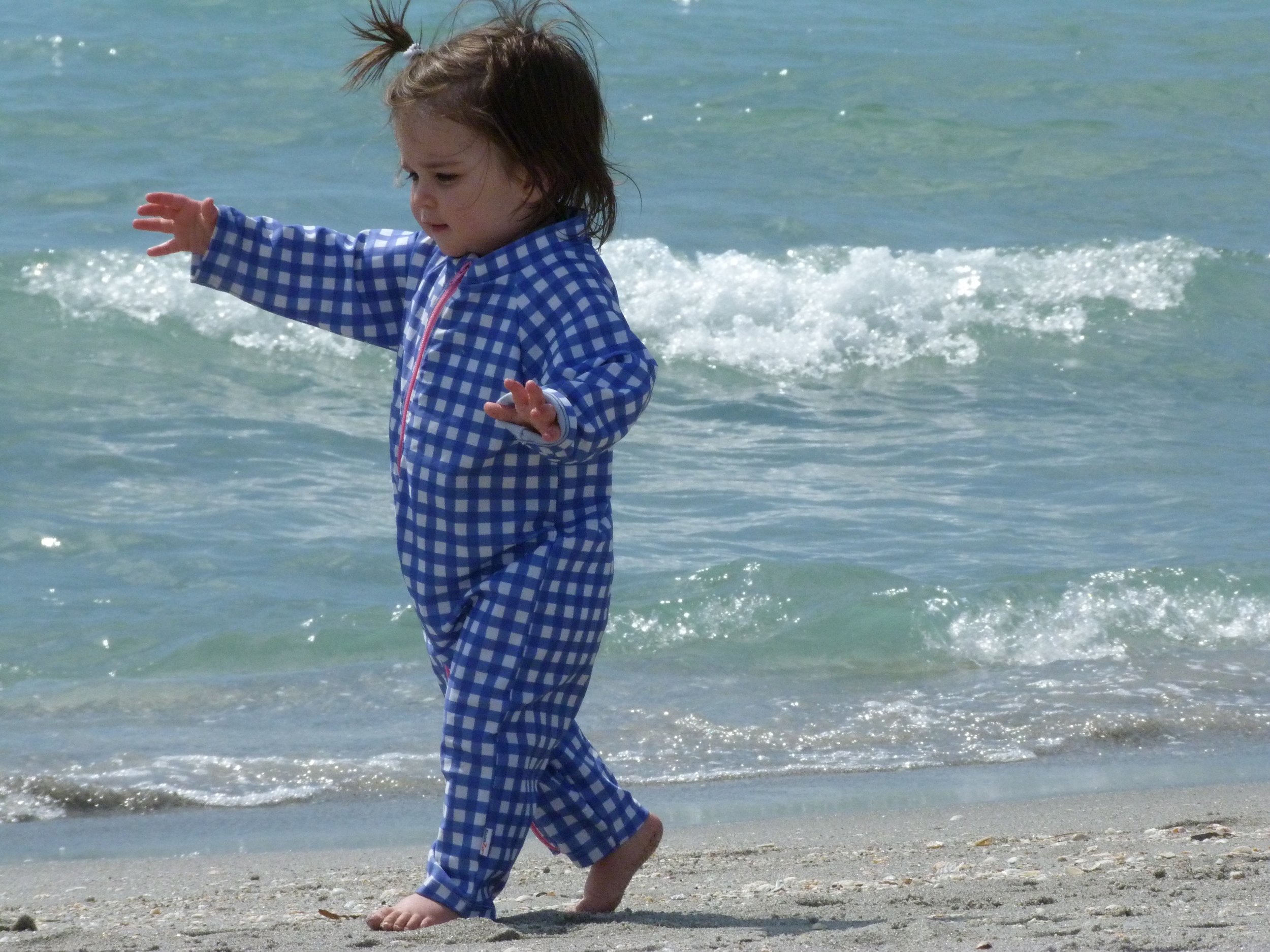
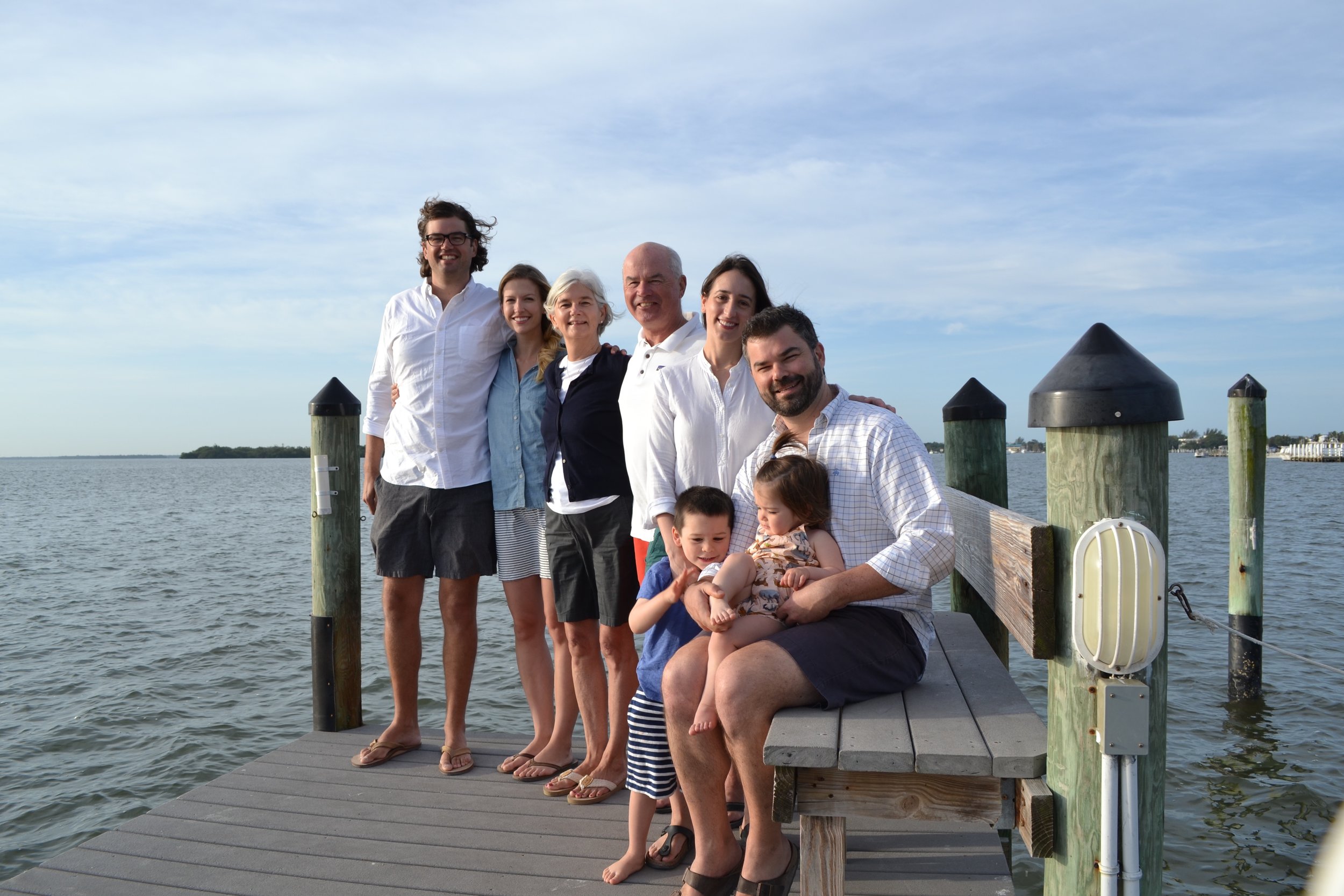

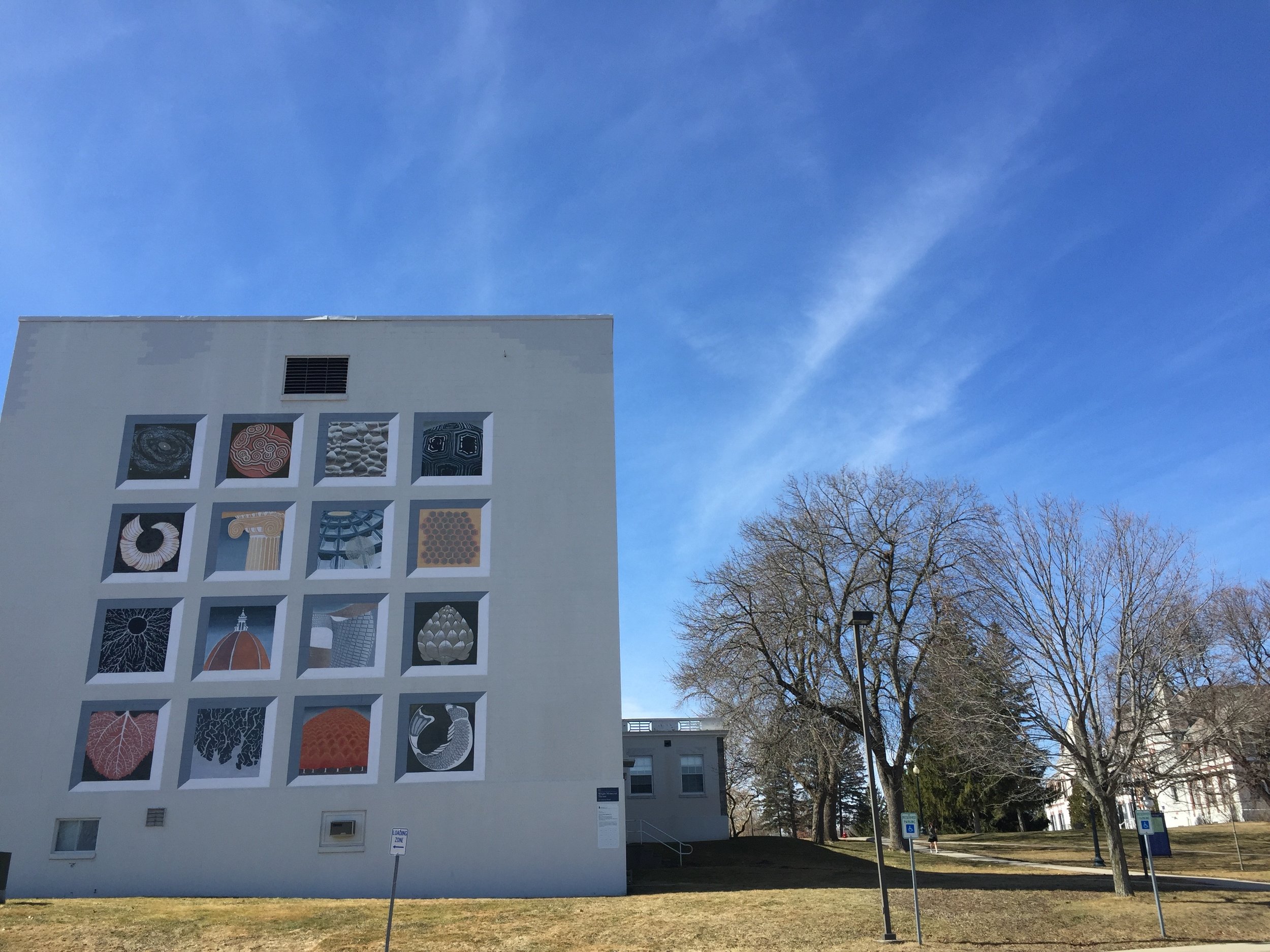 Cosmic Geometry
Cosmic Geometry